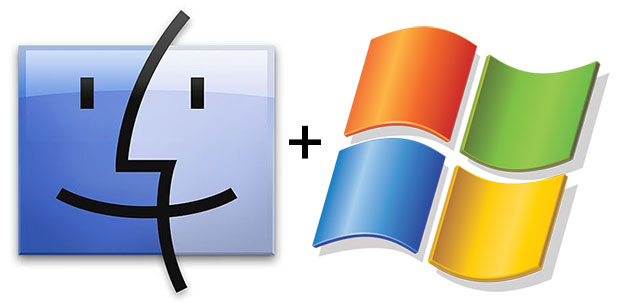

Simple, right? After the process if complete, you should be able to freely transfer your files to your extended drive without any problems whatsoever, either by using the copy/paste method or by dragging and dropping your items onto the drive's window. So, if you don't want to lose your files, make sure you have everything backed up before starting this process. If you like, you can also add a name for your future volume.įormatting a drive or volume will delete all the data from it. Moreover, you won't even have to search for other applications to do that, because your operating system comes with a tool called " Disk Utility" that can help you perform this task.Īll you have to do is connect your external drive to your Mac, launch the app, click on the icon of the disk you want to format, navigate to the "Erase" tab and click on the "Erase" button while having "Mac OS X Extended" selected as the volume format, as seen in the image below.

Luckily, all you have to do is re-format your drive using the HFS+ file system to turn it into a standard drive for Mac OS X. So, if you are unable to copy files to your external hard disk or USB stick, the problem is that you're dealing with an NTFS-formatted drive. As you probably know, external drives come pre-formatted using the NTFS file system, which Mac OS X can successfully read, but cannot write on. Transferring files from your Mac desktop to a USB flash drive or an external hard disk seems to be a simple task, right? Well, that might not be as easy as you think, especially if you are more familiar with Windows.
#HOW TO USE EXTERNAL HARD DRIVE FORMATTED FOR MAC ON PC HOW TO#
How to transfer files from a Mac desktop to an external hard drive


 0 kommentar(er)
0 kommentar(er)
